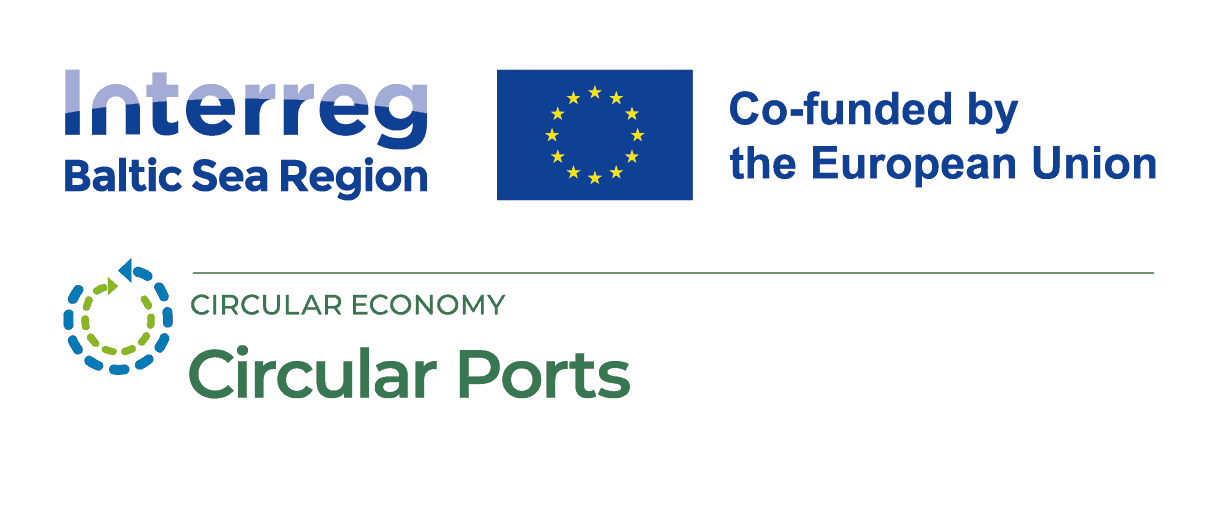EUSBSR Annual Forum 2025 - New Circular Economy Solutions
Project: Circular Ports
Physical Meeting
29. - 30. September 2025
00:00 - 23:59 (CET)

The EU Green Deal launched a strategy for a climate-neutral, resource-efficient & competitive economy, in which strengthening Circular Economy (CE) is a main building block, to fight climate change. Anyhow, port environments (port city administrations, port authorities, enterprises) neither have the overview about waste-/material flows & supply chains nor instruments to find economic feasible CE-synergies today. Reasons are a scattered stakeholder environment and unclear responsibilities. This hinders to develop CE best practices in port environments, to be scaled-up in the BSR too. Circular Ports lifts CE synergies & provides transferable solutions to deploy CE in BSR port environments, presented in a toolbox that contains: - A methodology for data collection, -mining, & -visualisation on waste-/material flows in port environments to provide a basis for CE strategy implementation. - Functional stakeholder platforms to find symbioses between enterprises. - Business models based on CE-strategies to motivate replicators to scale-up solutions. - Procurement guidelines considering CE. Applying the CE principle benefits in an increased GDP by +0.5% & +700,000 new jobs by 2030 in the EU, less emissions & by that fights climate change. Further, there is a clear business case for enterprises: since manufactures in the EU spend 40% on materials, closed loop models can increase their profitability, while sheltering them from resource price fluctuations & providing better resilience.